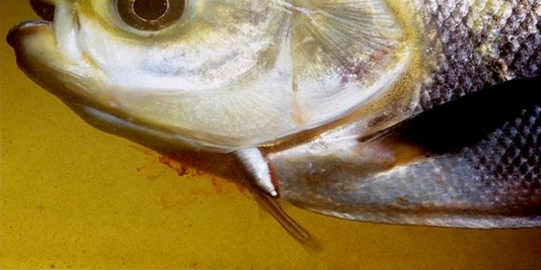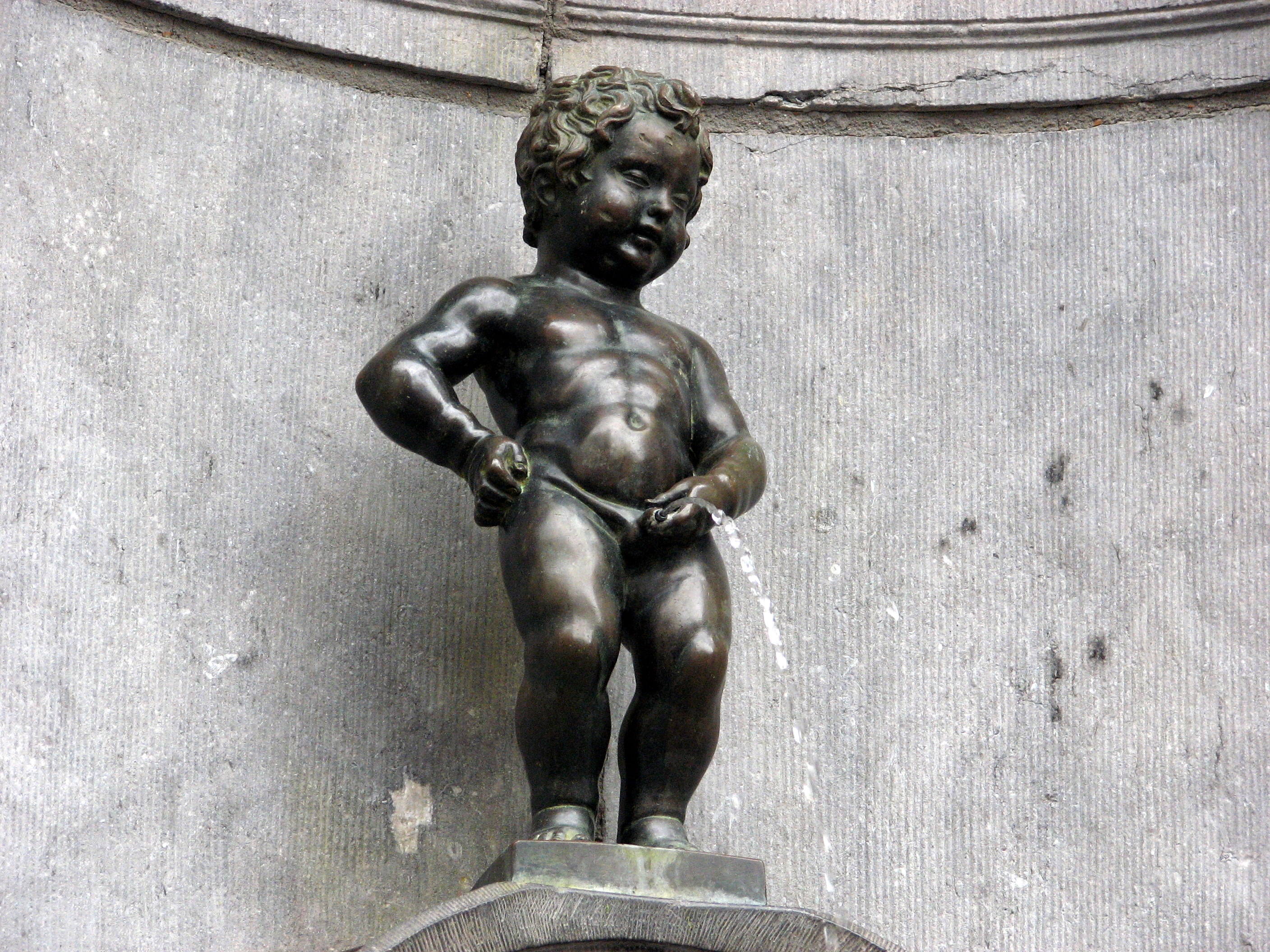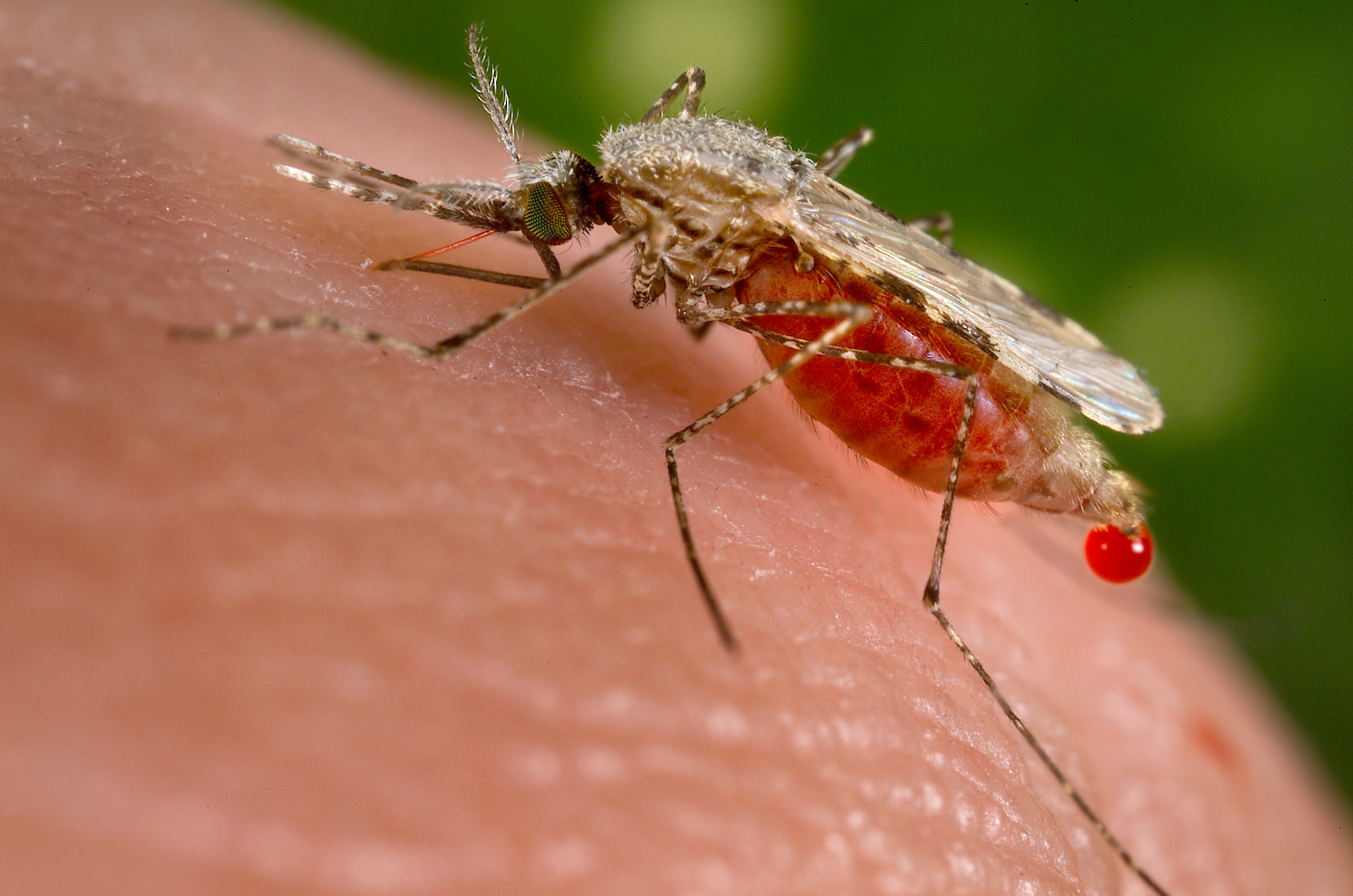|
Candirú
Candiru (''Vandellia cirrhosa''), also known as cañero, toothpick fish, or vampire fish, is a species of parasitic freshwater catfish in the family Trichomycteridae native to the Amazon Basin where it is found in the countries of Bolivia, Brazil, Colombia, Ecuador, and Peru. The definition of ''candiru'' differs between authors. The word has been used to refer to only ''Vandellia cirrhosa'', the entire genus '' Vandellia'', the subfamily Vandelliinae, or even the two subfamilies Vandelliinae and Stegophilinae. Although some candiru species have been known to grow to a size of in length, others are considerably smaller. These smaller species are known for an alleged tendency to invade and parasitise the human urethra; however, despite ethnological reports dating back to the late 19th century, the first documented case of the removal of a candiru from a human urethra did not occur until 1997, and even that incident has remained a matter of controversy. Description Candirus ar ... [...More Info...] [...Related Items...] OR: [Wikipedia] [Google] [Baidu] |
Stegophilinae
The Stegophilinae are a subfamily of catfishes (order Siluriformes) of the family Trichomycteridae. It includes 12 genera: '' Acanthopoma'', '' Apomatoceros'', '' Haemomaster'', '' Henonemus'', '' Homodiaetus'', '' Megalocentor'', ''Ochmacanthus'', '' Parastegophilus'', '' Pareiodon'', '' Pseudostegophilus'', '' Schultzichthys'', and '' Stegophilus''. A monophyletic group within the Stegophilinae is supported by two characteristics of the lateral line, including ''Acanthopoma'', ''Henonemus'', ''Megalocentor'', ''Pareiodon'', ''Parastegophilus'', and ''Pseudostegophilus''. ''Acanthopoma'' and ''Henonemus'' have a sister group relationship. The Stegophilinae are widely distributed in the main South American river basins, including the Amazon, Orinoco, São Francisco, Paraná-Paraguay, and those of southern Brazil. Eight of the genera are distributed in Venezuela. Stegophilines are sometimes considered candirú, so are considered parasites or semiparasites, because of their pecu ... [...More Info...] [...Related Items...] OR: [Wikipedia] [Google] [Baidu] |
Trichomycteridae
Trichomycteridae is a family of catfishes commonly known as pencil catfishes or parasitic catfishes. This family includes the candiru fish (''Vandellia cirrhosa''), feared by some people for its alleged habit of entering into the urethra of humans. They are one of the few parasitic chordates. Another species is the life monsefuano (''Trichomycterus punctulatus'') which was important to the Moche culture and still an important part of Peruvian cuisine.FondazioneslowfoodLife monsefuano.Retrieved 28 April 2017. This family is prohibited from being imported into various parts of the United States. Taxonomy The Trichomycteridae comprise about 42 genera and 286 species described. It is the second-most diverse family of the superfamily Loricarioidea. Numerous species still remain undescribed. The monophyly of Trichomycteridae is well-supported. The family is divided into eight subfamilies. The only subfamily that is not monophyletic is the largest one, Trichomycterinae. A large cl ... [...More Info...] [...Related Items...] OR: [Wikipedia] [Google] [Baidu] |
Vandelliinae
The Vandelliinae are a subfamily of catfishes (order Siluriformes) of the family Trichomycteridae. Vandelliines are hematophagous, feeding on the blood of larger fish. Members of this subfamily may be known as candirú, notorious for occasionally entering human bodily orifices, particularly the urethra; no evidence indicates such attacks are anything more than rare and accidental perversions of the usual feeding behaviour of the parasite — it seems unlikely that it would survive in the human body for long, so such an entry should be disastrous for both parties. In the usual course of events, parasitic vandelliines enter the body cavities of host fishes, feed on blood from gill filaments, and leave again. Vandelliines usually parasitise ostariophysan Ostariophysi is the second-largest superorder of fish. Members of this superorder are called ostariophysians. This diverse group contains 10,758 species, about 28% of known fish species in the world and 68% of freshwater specie ... [...More Info...] [...Related Items...] OR: [Wikipedia] [Google] [Baidu] |
Urine Stream
Urination, also known as micturition, is the release of urine from the urinary bladder through the urethra to the outside of the body. It is the urinary system's form of excretion. It is also known medically as micturition, voiding, uresis, or, rarely, emiction, and known colloquially by various names including peeing, weeing, and pissing. In healthy humans (and many other animals), the process of urination is under voluntary control. In infants, some elderly individuals, and those with neurological injury, urination may occur as a reflex. It is normal for adult humans to urinate up to seven times during the day. In some animals, in addition to expelling waste material, urination can mark territory or express submissiveness. Physiologically, urination involves coordination between the central, autonomic, and somatic nervous systems. Brain centres that regulate urination include the pontine micturition center, periaqueductal gray, and the cerebral cortex. In placental mamm ... [...More Info...] [...Related Items...] OR: [Wikipedia] [Google] [Baidu] |
Siluriformes
Catfish (or catfishes; order Siluriformes or Nematognathi) are a diverse group of ray-finned fish. Named for their prominent barbels, which resemble a cat's whiskers, catfish range in size and behavior from the three largest species alive, the Mekong giant catfish from Southeast Asia, the wels catfish of Eurasia, and the piraíba of South America, to detritivores (species that eat dead material on the bottom), and even to a tiny parasitic species commonly called the candiru, ''Vandellia cirrhosa''. Neither the armour-plated types nor the naked types have scales. Despite their name, not all catfish have prominent barbels or "whiskers". Members of the Siluriformes order are defined by features of the skull and swimbladder. Catfish are of considerable commercial importance; many of the larger species are farmed or fished for food. Many of the smaller species, particularly the genus ''Corydoras'', are important in the aquarium hobby. Many catfish are nocturnal, [...More Info...] [...Related Items...] OR: [Wikipedia] [Google] [Baidu] |
Anecdotal Evidence
Anecdotal evidence is evidence based only on personal observation, collected in a casual or non-systematic manner. The term is sometimes used in a legal context to describe certain kinds of testimony which are uncorroborated by objective, independent evidence such as notarized documentation, photographs, audio-visual recordings, etc. When used in advertising or promotion of a product, service, or idea, anecdotal reports are often called a testimonial, which are highly regulated in some jurisdictions. When compared to other types of evidence, anecdotal evidence is generally regarded as limited in value due to a number of potential weaknesses, but may be considered within the scope of scientific method as some anecdotal evidence can be both empirical and verifiable, e.g. in the use of case studies in medicine. Other anecdotal evidence, however, does not qualify as scientific evidence, because its nature prevents it from being investigated by the scientific method. Where only one o ... [...More Info...] [...Related Items...] OR: [Wikipedia] [Google] [Baidu] |
Carl Friedrich Philipp Von Martius
Carl Friedrich Philipp (Karl Friedrich Philipp) von Martius (17 April 1794 – 13 December 1868) was a German botanist and explorer. Life Martius was born at Erlangen Erlangen (; East Franconian: ''Erlang'', Bavarian: ''Erlanga'') is a Middle Franconian city in Bavaria, Germany. It is the seat of the administrative district Erlangen-Höchstadt (former administrative district Erlangen), and with 116,062 inhabi ..., the son of Prof Ernst Wilhelm Martius, court apothecary. He graduated PhD from University of Erlangen–Nuremberg, Erlangen University in 1814, publishing as his thesis a critical catalogue of plants in the university's botanical garden. After that he continued to devote himself to botanical study, and in 1817 he and Johann Baptist von Spix were sent to Brazil by Maximilian I Joseph of Bavaria, Maximilian I Joseph, the king of Bavaria. They travelled from Rio de Janeiro through several of the southern and eastern provinces of Brazil and travelled up the Amazon Riv ... [...More Info...] [...Related Items...] OR: [Wikipedia] [Google] [Baidu] |
Francis De Laporte De Castelnau
Francis may refer to: People *Pope Francis, the head of the Catholic Church and sovereign of the Vatican City State and Bishop of Rome * Francis (given name), including a list of people and fictional characters * Francis (surname) Places *Rural Municipality of Francis No. 127, Saskatchewan, Canada *Francis, Saskatchewan, Canada ** Francis (electoral district) * Francis, Nebraska * Francis Township, Holt County, Nebraska *Francis, Oklahoma * Francis, Utah Other uses * ''Francis'' (film), the first of a series of comedies featuring Francis the Talking Mule, voiced by Chill Wills *''Francis'', a 1983 play by Julian Mitchell *FRANCIS, a bibliographic database * ''Francis'' (1793), a colonial schooner in Australia * Francis turbine, a type of water turbine * Francis (band), a Sweden-based folk band * Francis, a character played by YouTuber Boogie2988 See also *Saint Francis (other) St. Francis or Saint Francis may refer to: Roman Catholic saints *Francis of Assisi (1181� ... [...More Info...] [...Related Items...] OR: [Wikipedia] [Google] [Baidu] |
Fluid Mechanics
Fluid mechanics is the branch of physics concerned with the mechanics of fluids (liquids, gases, and plasmas) and the forces on them. It has applications in a wide range of disciplines, including mechanical, aerospace, civil, chemical and biomedical engineering, geophysics, oceanography, meteorology, astrophysics, and biology. It can be divided into fluid statics, the study of fluids at rest; and fluid dynamics, the study of the effect of forces on fluid motion. It is a branch of continuum mechanics, a subject which models matter without using the information that it is made out of atoms; that is, it models matter from a ''macroscopic'' viewpoint rather than from ''microscopic''. Fluid mechanics, especially fluid dynamics, is an active field of research, typically mathematically complex. Many problems are partly or wholly unsolved and are best addressed by numerical methods, typically using computers. A modern discipline, called computational fluid dynamics (CFD), i ... [...More Info...] [...Related Items...] OR: [Wikipedia] [Google] [Baidu] |
Achille Valenciennes
Achille Valenciennes (9 August 1794 – 13 April 1865) was a French zoologist. Valenciennes was born in Paris, and studied under Georges Cuvier. His study of parasitic worms in humans made an important contribution to the study of parasitology. He also carried out diverse systematic classifications, linking fossil and current species. He worked with Cuvier on the 22-volume "'' Histoire Naturelle des Poissons''" (Natural History of Fish) (1828–1848), carrying on alone after Cuvier died in 1832. In 1832, he succeeded Henri Marie Ducrotay de Blainville (1777–1850) as chair of ''Histoire naturelle des mollusques, des vers et des zoophytes'' at the Muséum national d'histoire naturelle. Early in his career, he was given the task of classifying animals described by Alexander von Humboldt (1769–1859) during his travels in the American tropics (1799 to 1803), and a lasting friendship was established between the two men. He is the binomial authority for many species of fish, s ... [...More Info...] [...Related Items...] OR: [Wikipedia] [Google] [Baidu] |
Eduard Poeppig
Eduard Friedrich Poeppig (16 July 1798 – 4 September 1868) was a German botanist, zoologist and explorer. Biography Poeppig was born in Plauen, Saxony. He studied medicine and natural history at the University of Leipzig, graduating with a medical degree. On graduation, the rector of the university gave him a botanical mission to North and South America. He was helped out financially by a small group of friends and scientists in Leipzig, that included botanist Christian Friedrich Schwägrichen, who in exchange, received sets of specimens.JSTOR Global Plants Poeppig, Eduard Friedrich (1798-1868) He subsequently worked as a naturalist in (1823–24) and |
Hematophagous
Hematophagy (sometimes spelled haematophagy or hematophagia) is the practice by certain animals of feeding on blood (from the Greek words αἷμα ' "blood" and φαγεῖν ' "to eat"). Since blood is a fluid tissue rich in nutritious proteins and lipids that can be taken without great effort, hematophagy is a preferred form of feeding for many small animals, such as worms and arthropods. Some intestinal nematodes, such as Ancylostomatids, feed on blood extracted from the capillaries of the gut, and about 75 percent of all species of leeches (e.g., ''Hirudo medicinalis'') are hematophagous. The spider Evarcha culicivora feeds indirectly on vertebrate blood by specializing on blood-filled female mosquitoes as their preferred prey. Some fish, such as lampreys and candirus, and mammals, especially the vampire bats, and birds, such as the vampire finches, hood mockingbirds, the Tristan thrush, and oxpeckers also practise hematophagy. Mechanism and evolution These hematop ... [...More Info...] [...Related Items...] OR: [Wikipedia] [Google] [Baidu] |






